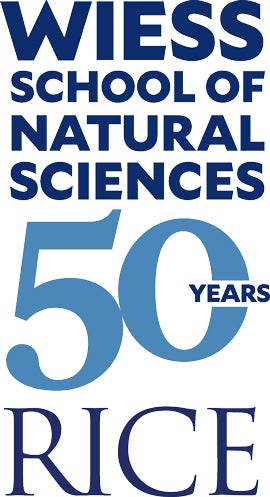
“How did we get here? Are we alone in space?” asked Megan Reiter, assistant professor of physics and astronomy at Rice. Reiter studies planetary formation in the hope of gaining better insight into our universe and our place in the cosmos.
“I’m trying to understand how star-forming environments shape the outcome of planet formation,” she said. Many planets form in environments with many high-mass stars, and thus, high radiation levels. Reiter is specifically interested in studying how this radiation affects planet formation.
“The kind of environments that we are studying are the best analog that we have of the kind of environment where we think the solar system was born. One of the things we want to understand is how unusual the solar system is,” she explained.
Reiter uses the James Webb Space Telescope for these studies. “One of the programs I’m working on is comparing data that we got from the Hubble Space Telescope 10 years ago with these new images from the James Webb Space Telescope, and it’s mind-blowing to see how much more detail we see with the Webb.”

However, using such revolutionary technology doesn’t come without challenges. “Everyone is competing for time on the James Webb Space Telescope. A big challenge is that many astronomers share a few resources, so every year you have to write a proposal to request time on the telescope, and the odds of that succeeding are about one in ten. But the rewards in actually succeeding are amazing,” Reiter said.
Although sharing resources may be a challenge in astronomy, Reiter finds that sharing minds can be an invaluable advantage. “I'm leading a big collaboration with folks across the United States and in Europe, working on a survey of different star-forming environments and trying to figure out how the environment shapes planet formation. And that is great in that everybody brings their own expertise and their own perspective. The combination of different people's brains and expertise helps us figure out how to attack the data and also make the best use of the data. It also helps expand your own sense of what is possible with the dataset,” she noted.

Reiter’s appreciation of how different minds approach the same problem is rooted in her first encounter with astronomy in college. “It was actually one of my general education requirements that introduced me to astronomy. It changed my mind about what it means to be a scientist. I had never seen physics in that way before. I was like, ‘Oh, this is interesting. Why didn’t anybody tell me?’ It was this ‘aha’ moment,” Reiter recalled.
Reaching such profound insights doesn’t come without hard work. Reiter urges students new to research to “keep going. Usually, when you start, you’re going to think, ‘This is harder than I thought.’ Everything’s gonna be harder than you expect. But if you keep going, then you can see the elegance of the work. The initial steps can be really hard, but the payoff can be extremely rewarding.”
Reiter’s own experience showed her how powerful and perspective-shifting astronomy can be, which is something she encourages students to explore. “There’s a lot to be said for thinking on such incredibly large scales,” she said. “I'm very sympathetic to the argument that the more we can understand about nature, the more awe-inspiring it is.”
— Sophia Straus ’28

